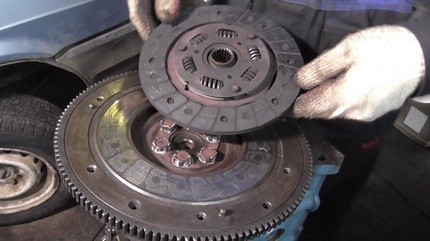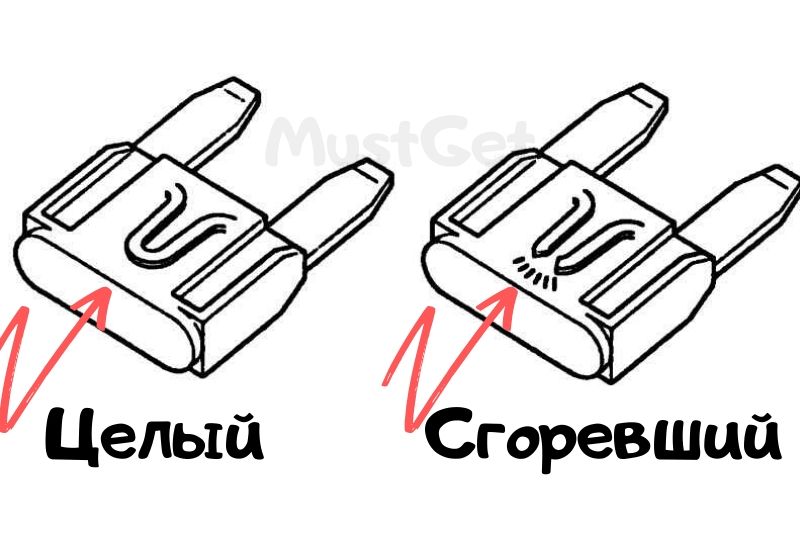
How to fix clutch slip
Driving a car with a manual transmission has many benefits; many drivers claim that this gives them more control over the car. Mastering the clutch takes time and practice, so new drivers or novice drivers…
Driving a car with a manual transmission has many benefits; many drivers claim that this gives them more control over the car. Mastering the clutch takes time and practice, so new drivers or drivers who are new to a manual transmission can cause it to wear excessively. Certain driving conditions, such as in congested urban areas, will also shorten clutch life.
Clutch work is very important. Disengaging the clutch allows the driver to disengage the gear and shift it to another. Once the clutch begins to slip, the transmission will not fully engage and the wheels will not get all the power from the engine. This can make a grinding sound which is usually accompanied by vibrations and if not dealt with the slippage is likely to get worse and can lead to serious damage and eventually total clutch failure.
Part 1 of 2: Diagnosing a slipper clutch
Step 1: Watch for Grip Feel Issues. The feeling of grip will be the biggest indicator of its condition. It's not just how the clutch feels when engaged; how the vehicle reacts to clutch disengagement is also very important in diagnosing clutch slip. Here are some things to watch out for:
Clutch pedal moves forward when transmission is engaged
Higher engine speeds are higher without increasing vehicle speed
Feeling disconnected between accelerator and acceleration
- Attention: It is usually more noticeable when the vehicle is under heavy load and when the engine speed is particularly high.
Clutch disengages very quickly when depressing the pedal
- AttentionA: It usually takes at least an inch to pass before it starts to turn off.
Pressure and feedback when changing the clutch pedal
Step 2: Look out for less obvious signs of clutch slippage.. If the clutch does not provide good feedback, or if there are symptoms related to vehicle operation but not to the clutch pedal itself, then other indicators may need to be used to determine if the problem is caused by clutch slippage. Here are some ways to say:
There is a noticeable loss of power when the vehicle is under heavy load, usually when towing or driving on a steep hill.
If a burning smell is coming from the engine bay or under the vehicle, this may indicate that a slipping clutch is causing excessive heat.
If there is a noticeable lack of power, then there are a number of possible problems that could be the cause. The same applies to the smell of burning material coming from the engine compartment or from under the car. Any of these symptoms can have multiple causes, and if any of them show up threateningly, it would be wise to have a mechanic, like in AvtoTachki, come and properly diagnose the problem.
Whatever the signs, if the clutch is the culprit, the next part explains how to proceed.
Part 2 of 2: Servicing the slipper clutch
Necessary materials:
- Brake fluid
Step 1: Check the clutch fluid level.. The first thing to check once it is determined that the problem is with the clutch is the clutch fluid level in the clutch fluid reservoir.
The fluid itself is the same as the brake fluid, and in some cars even the clutch is controlled by the brake master cylinder.
Regardless of location, ensuring the clutch master cylinder is not low on fluid will eliminate one possible source of the problem. It never hurts to check.
If you prefer mechanical topping up of clutch fluid, AvtoTachki offers it too.
Once there is enough fluid in the clutch, the next thing to check is the overall severity and persistence of clutch slippage. For some, clutch slip is very constant and a constant problem. For others, it's a problem that only comes up from time to time.
Step 2: Accelerate the car. Drive on the road, out of heavy traffic, and drive fast enough that the engine is running at normal cruising speed in third gear, typically around 2,000 rpm.
Step 3: Start the engine and disengage the clutch.. Depress the clutch and spin the engine up to 4500 rpm, or just until it becomes noticeably higher, and then disengage the clutch.
- A warning: Don't rev so high that you hit the red line on the tachometer.
If the clutch is working properly, then immediately after the clutch is released, the speed drops. If the fall does not occur immediately or is not noticeable at all, then the clutch is most likely slipping. This can be used as a primary indicator to determine the degree of clutch slippage.
If the clutch does not disengage completely, the mechanics should also be checked.
A slippery clutch is not a problem that will go away with improved driving skills; as soon as it starts to slip, it only gets worse until the clutch is replaced. There are a number of good reasons to repair a slipping clutch right away:
The transmission is one of the main systems affecting the overall life of the car. If the engine and transmission are subjected to unnecessary stress for an extended period of time, parts will wear out.
A slipper clutch can fail completely while driving, and this can be dangerous.
The heat generated by a slipping clutch can damage parts around the clutch itself, such as the pressure plate, flywheel, or release bearing.
Replacing a clutch is quite complicated, so it should be done by an experienced mechanic, for example from AvtoTachki, to make sure everything is done correctly and without complications.
